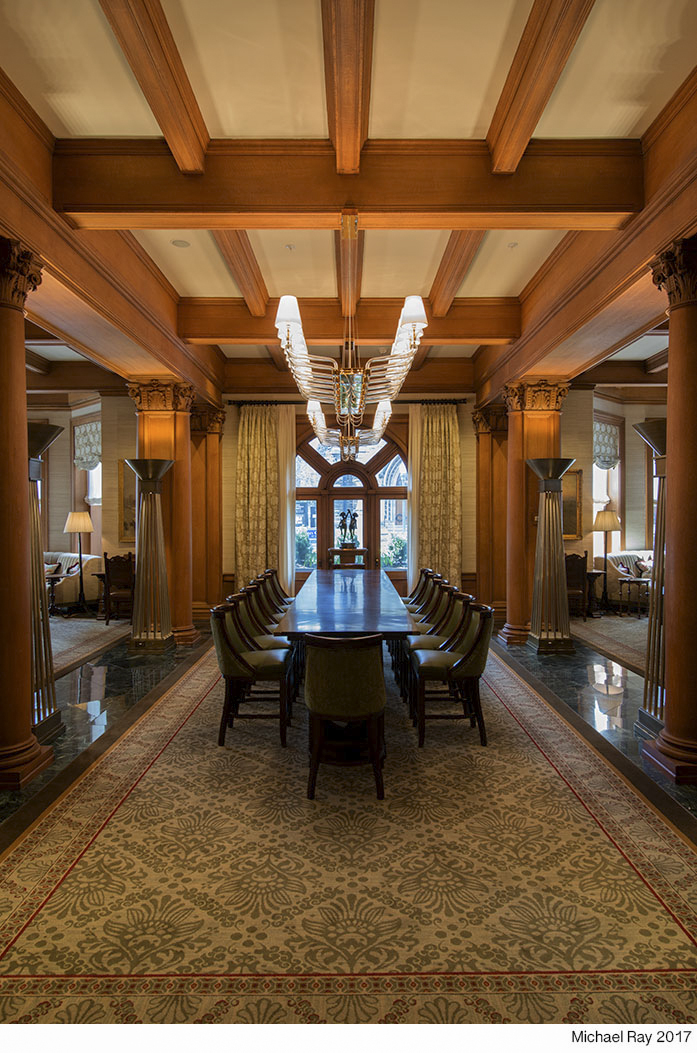Commercial Photographers
This page is a work in progress and is intended to become an informational resource for those looking to possibly hire commercial photographers for specific jobs or for students that might be interested in a career in Commercial Photography. There are many different specialties in the general field of commercial photography and little is available on the web, talking about the nuances of this subject. As one of many commercial photographers here in Pittsburgh, I have an in-depth knowledge of the subject and I thought I’d share this info here. This page should help clear up any questions you may have about the different types of commercial photographers.
If you found this page and you were expecting to see a list of Pittsburgh Commercial Photographers, you can visit the PittsburghCreative.com website and find what you need there…
If you’re interested, you can take a look at my Commercial Photography Portfolio to see for yourself if the author is knowledgeable or not… And if you’re interested in Headshot Photography or Food Photography, feel free to see my other websites dedicated to those subjects.
Work In Progress – Last update 4/23/17
Corporate Photographer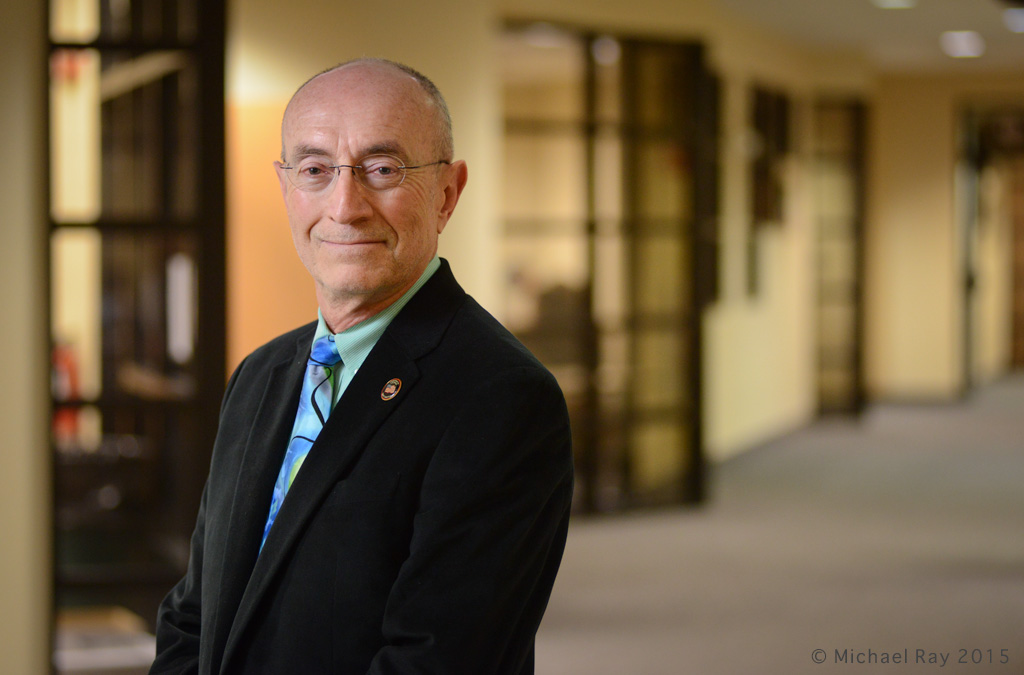
When I think of Corporate Photography, I usually think of “people in offices or manufacturing facilities, doing something”. Picture types of images used by banking and the healthcare industry, and you’ll have a good idea of what corporate photography is all about. Portraits are a big part of this specialty, but photography skills related to, architecture, and even Product photography, are valuable to the Corporate Photographer. Being a corporate photographer requires that you be a generalist because you never know what your next assignment might be.
Essential Skills
Since most shoots will include photographing employeed the the corporation, a Corporate Photographers need to have good “people” skills. Photographic Lighting must be a mastered skill as will the ability to combine flash and ambient light. A corporate photogrpaher will need to be able to pose his subjects and be able to do simple retouching. Photoshop will be an intergril part of this daily tasks.
Corporate photographers are often in contact with upper management of the organizations they work with or work for. Because of that, it is essential to become somewhat politically savvy with it comes to the interactions of the corporation. There are political hierarchies that need to be heeded. This sounds like a trivial matter, but can make a huge difference in the success of one’s career. The same can be said about all types of commercial photography, but in corporate photography, because of the fact you’ll be dealing with the big wigs of the company, it’s even more important that you be well versed in navigating the political minefield.
Possible Employers / Clients
Larger corporations may employ a staff photographer or two. Banks, Healthcare, Manufacturing are three industries that come to mind when I think of businesses that have in-house photography departments, here in Pittsburgh.
Equipment needs
If you’re a freelancer and want to do Corporate photography, you’ll need to to have a wide variety of both camera and lighting equipment. You’ll probably be okay with two camera bodies with low light capabilities, and lenses that cover from around 18mm – 200mm. You’ll need to have at least enough lighting to make a good three-light portrait setup. Eventually, you’ll probably want more, but that should get you started.
Food Photographer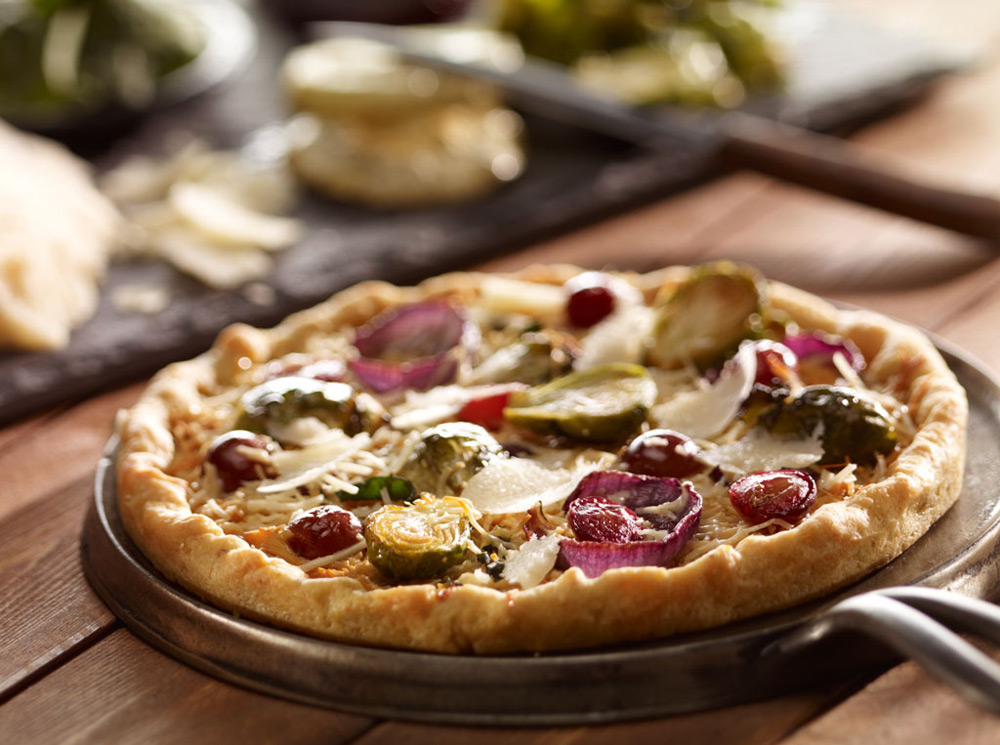
I consider myself a food photographer, so I know this specialty very well. As a food shooter, your main clients will be restaurants, food manufacturers, grocery store chains and maybe magazines of newspapers. Food Photography is similar to product photography with a few exceptions. Food photographers are normally part of a team of several people, including a food stylist, whereas a product photographer us usually on his own or with an assistant and maybe an art director.
The other difference between food and product photography is that food has a very short amount of time in front of the camera before it starts to deteriorate, while products don’t offer that challenge. If you want to learn LOTS more about food photography, you can visit my Food Photography Tips page. The information on that site is quite extensive and there is a Food Photography FAQ page there that is similar to this one but dedicated to only food photography. There is also a Food Stylist Directory on my FoodPortfolio.com site.
Possible Employers / Clients
Most food photographers are self-employed. They end up working for themselves and have the following types of companies as clients.
Advertising Agencies, Graphic Design Firms, Grocery Store Chains, Restaurants, Food Manufacturers, Bakeries, Catering Companies, and various Publications make up the bulk of the food photographer’s client base.
Essential Skills
Each photographer has his or her own strengths and weaknesses. Compositional and photographic lighting skills are probably the two of the most important things that food photographers must master to become successful in this business. And most other types of commercial photography, business skills are also important.
Equipment Needs
Since many food photos are cropped very closely to the food, a macro lens is very important to food photography. In fact, I own four different macro lenses. Beyond the typical commercial – quality digital camera and an assortment of lenses, having electronic flash equipment is important needed as a food photographer.
If your goal is to get into commercial or advertising food photography, you’ll also need a photo studio with a working kitchen.
Architectural Photographer
I have to admit, architectural photography is one thing I don’t know a whole lot about. It’s not that I’m not interested, but it’s something I’ve chosen not to pursue or direct my marketing resources toward. The problem with architectural photography is that it is so weather dependent, and living in Pittsburgh, that need creates havoc on scheduling. All exterior photos need to be done on the “next nice day”, and in Pittsburgh, that’s really difficult to schedule.
The problem with architectural photography is that it is so weather dependent, and living in Pittsburgh, that need creates havoc on scheduling. All exterior photos need to be done on the “next nice day”, and in Pittsburgh, that’s really difficult to schedule.
Possible Employers / Clients
Most Architectural Photographers are self-employed. Their clients are Architectural Firms, Engineering Firms, and builders. Interior Design Firms and Commercial Reality companies are also potential clients. Basically, anyone that owns a large building may occasionally need to have photos taken.
Architectural Photographers, as specialists, tend to live in larger cities where their clients have their offices. In smaller towns and cities, generalist commercial photographers are called on to shoot needed building shots for those needing them.
Essential Skills
A good sense of composition and design is the skill that stands out when I think of Architectural Photography. Since there are usually no people in the photos, composition and lighting are what carry the day.
For exterior photos, it’s also important to understand the importance of selecting the proper time to shoot from a particular angle of the building. I took an Architectural Photography, week-long seminar, shortly after I graduated art school. That was a long time ago, but the two things that stick with me from those classes is that there is a “best” spot and a “best” time to photograph an exterior photo. When I say “best” spot, I mean that just one step to either direction may create unwanted things to happen in the composition. For example, an edge of a building may intersect with a window or a sign may be obscured by a pole, or some seemingly minor visual issue like that, that in the end really does make a difference. The same goes with lighting. At 10:00, the light may create some amazing texture on the side of a brick wall where at 10:00, the sun may have left the wall completely. There is usually a very “best” time a place to shoot a particular shot
When I say “best” spot, I mean that just one step to either direction may create unwanted things to happen in the composition. For example, an edge of a building may intersect with a window or a sign may be obscured by a pole, or some seemingly minor visual issue like that, that in the end really does make a difference. The same goes with lighting.
At 10:00, the light may create som amazing texture on the side of a brick wall where at 10:00, the sun may have left the wall completely.
There is usually a very “best” time a place to shoot a particular shot and scouting out a location for the best times and places to shoot from is a skill all its own.
Photographic Lighting
When shooting interior photos, it’s sometimes necessary to use artificial lighting to supplement or overpower the existing lighting. This is a special skill all itself and can be very tricky. Different lights are different colors and mixing those colors is both a skill and an art.
Photoshop
Digital technology has really helped the Architectural Photographer more than other types of photographers. Mixing light color and intensities is much easier if the photographer can use Photoshop. The same goes with perspective control. Keystoning can now be corrected by “skewing” the image, something that couldn’t be corrected after the shot, before Photoshop.
Equipment Needs
In the old days, Architectural Photographers used view cameras or at the least Perspective control lenses. With Digital Photography and Photoshop, view cameras really aren’t necessary, but many Architectural Photographers still use Perspective control lenses. Besides these specialty lenses, the normal wide range of lenses that most commercial photographers have will work well for shooting interiors and exteriors. If anything, having extreme wide angle lenses, often will come in handy for photographing interiors.
Lighting equipment is another expense that Architectural Photographers will need to complete many projects. And since interiors are often large, studio type flash systems, with lots of power, are often time needed.
Industrial Photographer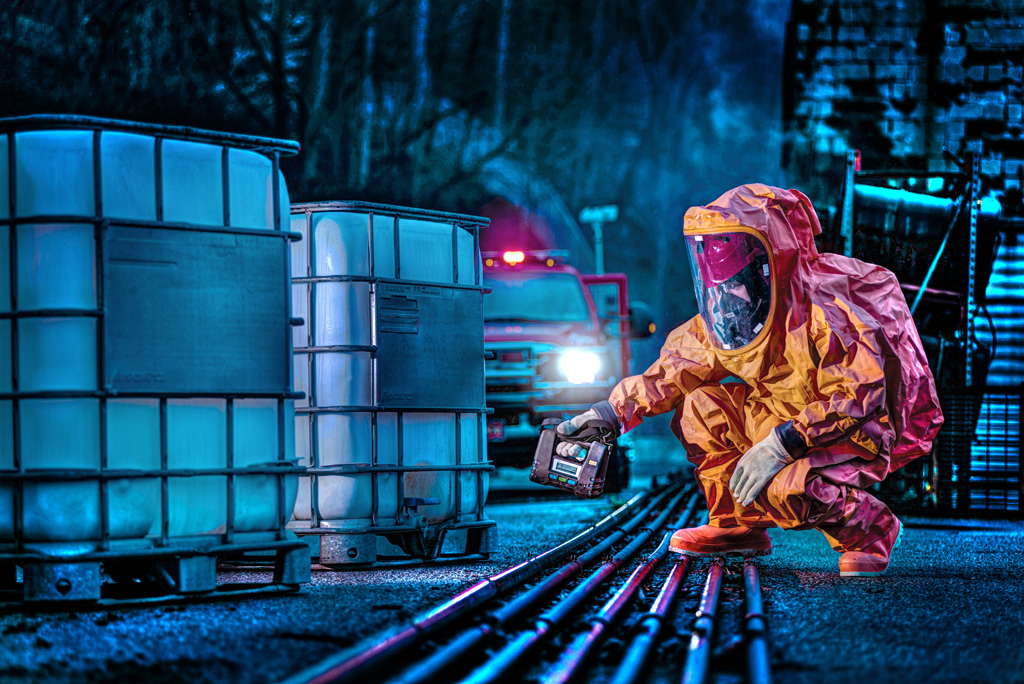
Essential Skills
Equipment Needs
Event Photography
An Even Photographer is someone who is hired to shoot at events such as company meetings or maybe parties and such. When I think of even photography, I think of photos of people standing around with drinks in their hands, looking at the camera. Another example might be a golf outing. This is one area where a wedding photographer could do very well in the commercial photography arena. A wedding is an event and the skills needed to photograph both are similar.
More and more of this type of work is being handed off to employees of the company, rather than being assigned to a freelance photographer. Technology is to blame for this. Auto focus, auto exposure, auto white balance, great internal metering, and far better quality low light capabilities, make this type of photography easier to do than it used to be.
With most companies, only important events justify the expense of a professional commercial photographer. If the photos are to be used for external uses, such as an annual report, advertising, or on the web page, The company might be willing to spend the money on a pro. I also believe that people see so many photos every day, that they’ve become desensitized to “quality” photography. Great photography is valued less by everyone, so why spend money on something you don’t have to…
Essential Skills
The ability to quickly adapt changing conditions is a needed still for Event Photographers. Mixing on camera flash with ambient light can be a tricky technique, and needs to be mastered by the Event Photographer.
Advertising / Concept Photography
Essential Skills
Portrait / Headshot Photography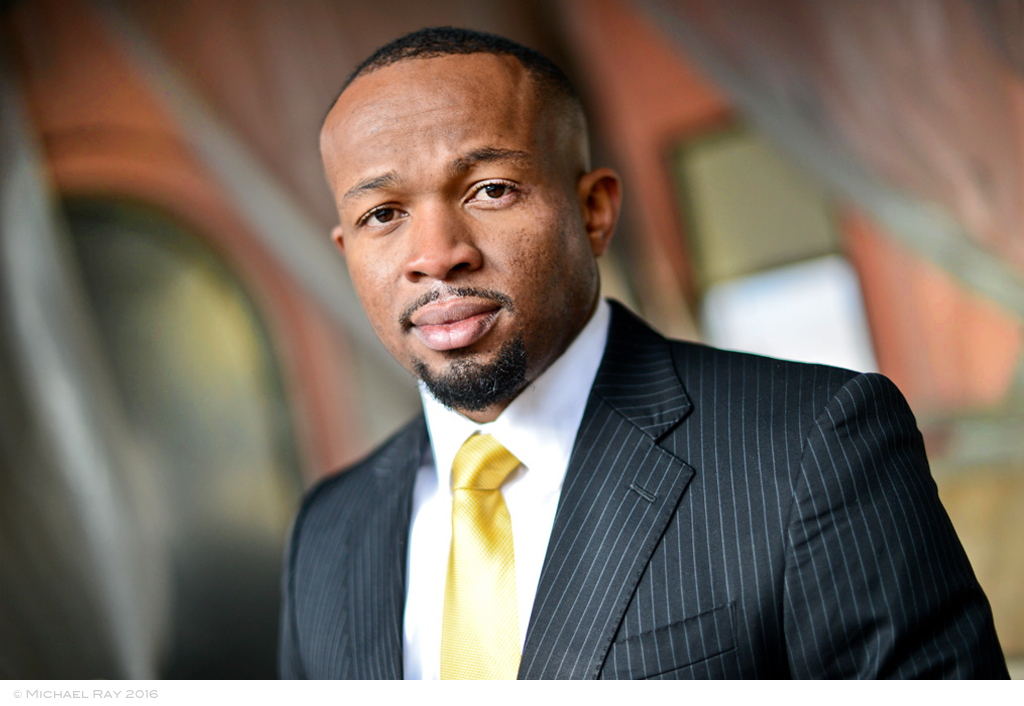
Essential Skills
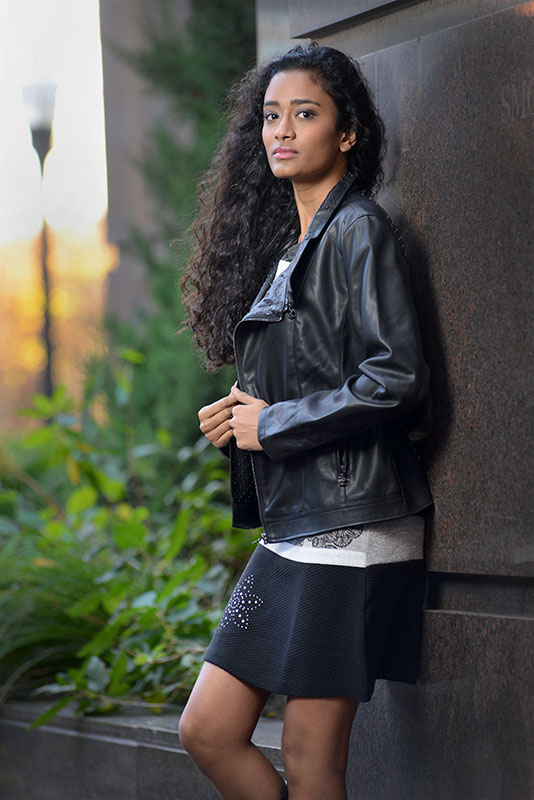 Fashion Photography
Fashion Photography
I have to admit, I’m not a fashion photographer and don’t know a whole lot about the industry. I live in Pittsburgh, PA, which isn’t a large enough city to support much of a fashion industry. I’ve done a little here and there for various small stores, so I’m not expert. I do however shoot a lot of headshots for local talent agencies, for models and actors. In fact, I have a website dedicated to headshot photography. I’ve photographed many an aspiring model, so I do know what goes into making models look their best, but that’s not fashion photography.
Since I don’t know much about fashion photography, I’ve put together a short list of resources you can check out.
Zhang Jingna’s 15 Tips On How To Break Into Fashion Photography – Good resource and very informative.
Become a Fashion Photographer: Step-by-Step Career Guide – Not all that good a resource except for a few interesting pieces of valuable info for the potential student fashion photographer.
Needed Equipment
Pretty much the typical set of digital DSLR equipment will do for the Fashion Photographer. Studio and or battery operated lights are often times needed, along with a studio space.
Lifestyle Photography
Essential Skills
Product / Still Life Photography
Essential Skills
Aerial / Drone Photography
Essential Skills
Landscape Photography
Essential Skills
Sports Photography
Essential Skills
Travel Photography
Essential Skills
Nature Photography
Essential Skills
Photo Journalism
Essential Skills
Social Media Photographer
Essential Skills
Here are some other pages with information and resources of value to commercial photographers. If you have any questions or comments, please email me.


